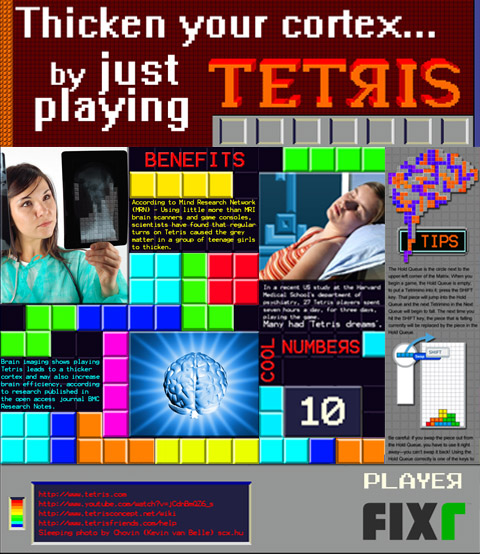Eggs are an “egg-ceptional” food in the memory healing diet because they
are packed with Lutein and Zeaxanthin - two of the best antioxidants for regeneration - and with omega-3s, the important essential fatty acids (EFA)
that protect against cognitive decline and memory loss.
Given this, a new study is underway to investigate whether eggs may be a useful addition to your diet, to help prevent or delay dementia.
The study
In the six-month U.S. study, half of the participants will have two eggs a day, and will be compared with a control group who won't have eggs. Both groups will be tested for memory, reasoning, verbal fluency and attention span - a decline in these is a major risk factor for the development of dementia later in life.
The researchers, from Tufts University in the U.S., expect there will be 'a significant increase' in the mental functioning in the group given eggs.
Diet and prevention of memory loss
The exploration into what role diet plays in dementia may have received a
boost after
a study last year, where researchers stated that foods rich
in omega-3 and vitamin D3 could help boost the body's immune system.
Specifically, its ability to clear toxic and deadly plaques which are
responsible for damaging the brains of Alzheimer's sufferers.
Study author Dr Milan Fiala said: “We may need to balance
supplementation with vitamin D3 and omega-3 fatty acids, depending on
each patient. This is a first step in understanding what form and in
which patients these substances might work best.”
Since your body can’t produce omega-3s, you must get them from the foods you eat
A French
study found
that being deficient in omega-3s can lead to anxiety, attention deficit
disorder, depression and dementia. Other omega-3 rich foods included
wild salmon and other cold water fish, flaxseeds, pumpkin seeds, walnuts
and avocados.
Pastured eggs contain brain-friendly omega-3s
Grass-fed chickens produce eggs high in the omega-3 fatty acids so
crucial to keeping brain cells healthy and brain cell membranes
flexible. Your brain is 60% fat, half of which is composed of omega-3s,
specifically eicosapentaeoic acid (EPA) and docosahexaenoic acid (DHA).
Studies
show that EPA and DHA help with brain metabolism by regulating brain
cell membranes, promoting brain cell communication and maintaining
levels of the neurotransmitters dopamine and serotonin — all critical to
healthy brain function.
Not all eggs are alike
It should come as no surprise that caged hens, which do not run around
outside, roll in the dust and eat omega-3-rich grasses, bugs and
insects, lay eggs that are low in omega-3s. The eggs of pastured hens,
on the other hand,
contain as much as 10 times more omega-3s than their caged cousins.
Recommendations for omega-3 consumption
Recently a
study in the American Journal of Clinical Nutrition recommended that
people consume at least 3-4% of their total daily calories as omega-3
fats. To meet this recommendation, a person consuming 2000 calories per
day would have to eat at least 3.5 grams of omega-3 fats.
Don’t buy the cholesterol hype about eggs
Historically, eggs have been considered unhealthy because they contain cholesterol. A large egg contains 212mg of cholesterol, which is a lot compared to most other foods.
However, it has been
proven, time and time
again, that eggs and
dietary cholesterol do NOT adversely affect cholesterol levels in the
blood. In fact, eggs raise HDL (the good) cholesterol. They also change LDL
cholesterol from small, dense LDL (which is bad) to large LDL, which is
benig.
A new
meta-analysis published in 2013 looked at 17 prospective studies
on egg consumption and health. They discovered that eggs had no
association with either heart disease or stroke in otherwise healthy
people.
Bottom Line: despite the fear mongering of the past few
decades, eating eggs and cholesterol has no association whatsoever with
heart disease.
So: don't forget eggs, next time you go shopping!!!
Sources: http://www.dailymail.co.uk/,
http://www.huffingtonpost.co.uk/,
http://myhealingkitchen.com/medical-conditions/,
http://authoritynutrition.com/


















